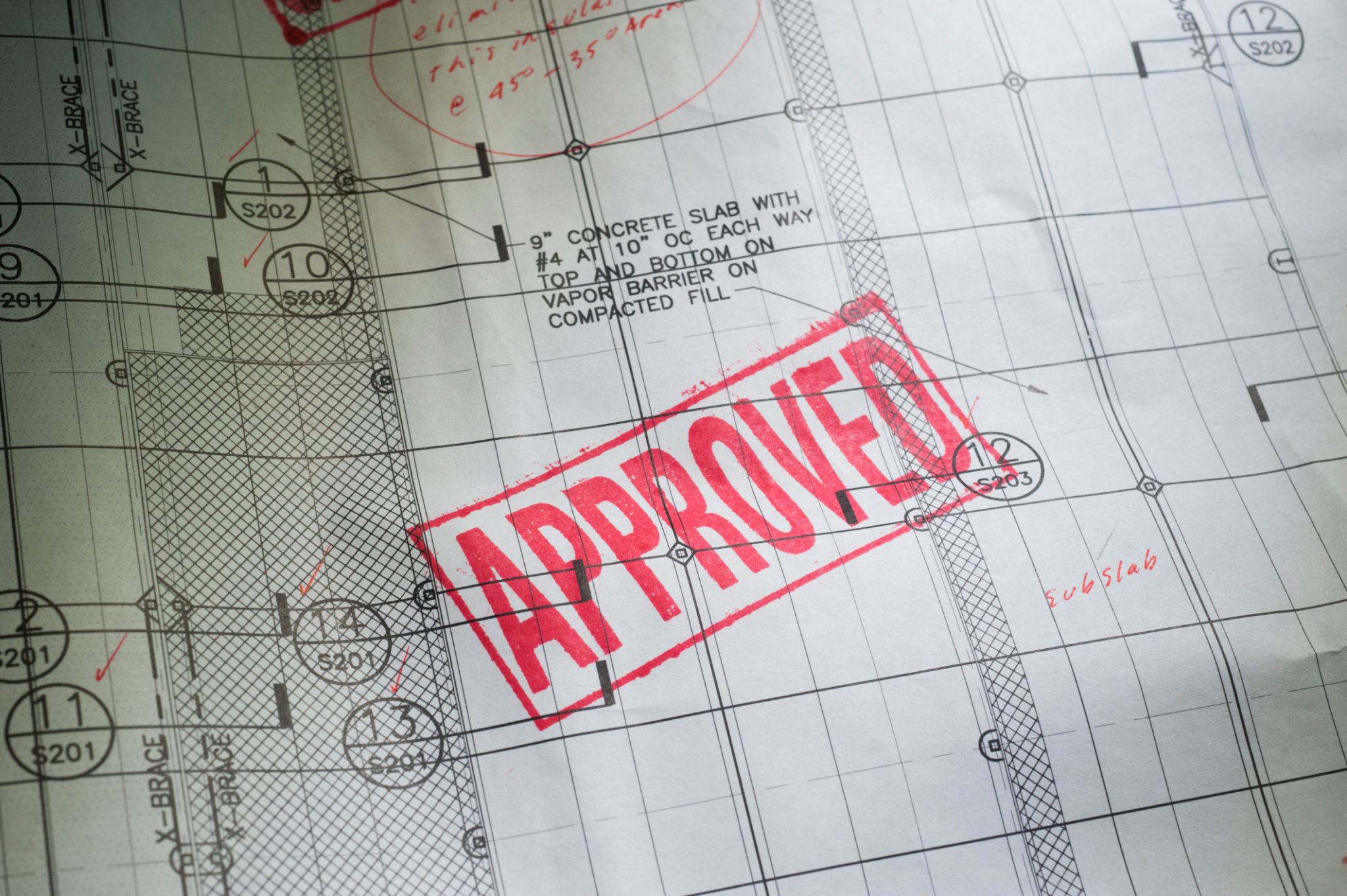Preparing Your Commercial Building for Scaffolding in SA
Understanding the Importance of Scaffolding
Scaffolding is an essential component in the construction and maintenance of commercial buildings. It provides a safe and stable platform for workers to perform tasks such as painting, repairs, and installations at height. In South Australia (SA), strict regulations govern the use of scaffolding to ensure safety and compliance. Therefore, preparing your commercial building for scaffolding requires careful planning and execution.

Conduct a Thorough Site Assessment
Before erecting any scaffolding, it's crucial to conduct a detailed site assessment. This involves examining the building's architecture, identifying potential hazards, and understanding space limitations. Consider the ground conditions as well, as they can affect the stability of the scaffolding. Engage professionals to evaluate these aspects to ensure the safety of both workers and the public.
Obtain Necessary Permits and Approvals
In SA, you must secure the necessary permits and approvals from local authorities before setting up scaffolding. This often involves submitting detailed plans and adhering to specific safety standards. Failure to comply can result in fines or legal action. It is advisable to work with a knowledgeable contractor who can assist in navigating these regulatory requirements.

Choose the Right Type of Scaffolding
Selecting the appropriate scaffolding type is critical to project success. Different projects may require different types, such as supported scaffolds, suspended scaffolds, or mobile scaffolds. Your choice should be based on the building's structure, the nature of the work, and safety considerations. Consulting with scaffolding experts can provide valuable insights into making the right decision.
Ensure Proper Training and Safety Measures
Once scaffolding is installed, ensuring that all workers are adequately trained in its use is vital. Training should cover safe practices, emergency procedures, and proper equipment handling. Moreover, regular safety inspections should be conducted to identify and rectify any potential issues. Establishing a culture of safety can significantly reduce the risk of accidents.

Plan for Efficient Workflow
Effective project management is essential to maximize productivity during scaffolding operations. Consider scheduling work to minimize disruptions to business operations and coordinate with other contractors working on-site. An organized approach can lead to a smoother workflow and help meet project deadlines.
Regular Maintenance and Inspections
During the scaffolding period, regular maintenance and inspections are necessary to ensure ongoing safety and compliance. Check for any wear and tear or structural weaknesses in the scaffolding components. Addressing issues promptly can prevent accidents and keep your project on track.
Preparing your commercial building for scaffolding in SA involves careful planning, compliance with regulations, and a focus on safety. By taking these steps, you can facilitate a smooth construction process that minimizes risks and maximizes efficiency.
